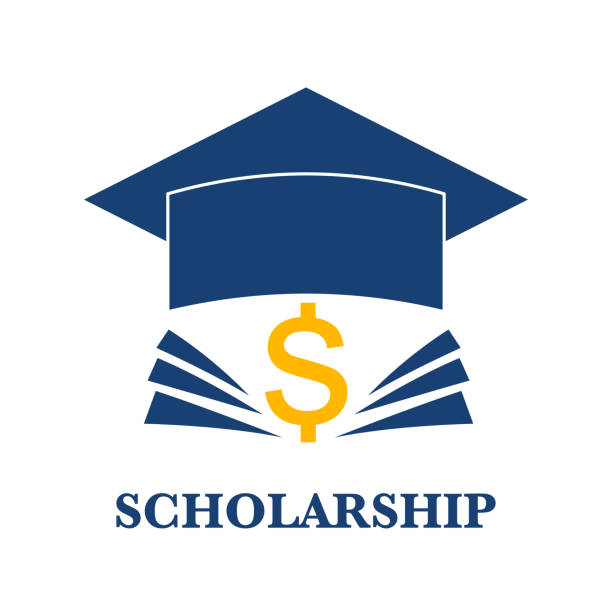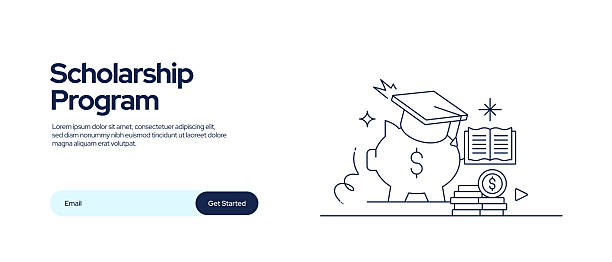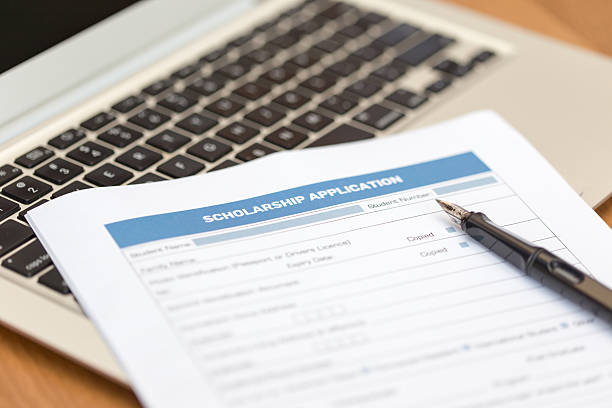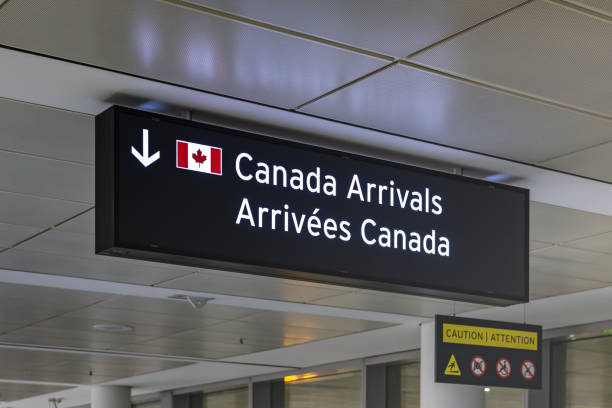In a world driven by innovation and technology, Science, Technology, Engineering, and Mathematics (STEM) fields have emerged as critical areas of study. Governments, universities, and organizations across the globe now recognize the importance of investing in the next generation of engineers, scientists, data analysts, and AI specialists. To support this mission, numerous institutions are offering STEM scholarships worth up to $45,000, designed specifically for international students.
If you’re passionate about building a career in technology or science and need financial support, this guide will walk you through the best available $45,000 STEM scholarships, how to apply, and how to maximize your chances before the application deadlines close.
Why Choose STEM Scholarships?
- High demand globally: Tech, engineering, and science professionals are needed everywhere
- Attractive salary prospects: Graduates in STEM earn significantly more than the average
- Opportunities to innovate: Contribute to solving real-world problems
- Residency pathways: STEM graduates often have better visa/permanent residency options
Top STEM Scholarships Worth Up to $45,000 (Open for 2025)
| Scholarship | Country | Value | Degree Level | Deadline |
|---|---|---|---|---|
| Knight-Hennessy Scholars – Stanford | USA | $45,000+ | Graduate (MS, PhD) | October 2024 |
| University of Adelaide Global Citizens Scholarship | Australia | Up to $45,000 | Undergraduate/Postgrad | December 2024 |
| Imperial College London STEM Awards | UK | Up to £35,000 (~$45,000) | Master’s | January 2025 |
| DAAD EPOS Scholarships (STEM Fields) | Germany | €40,000+ (~$45,000) | Master’s | November 2024 |
| TU Delft Justus & Louise van Effen Excellence Scholarship | Netherlands | $45,000+ | MSc | December 2024 |
Details of Top $45,000 STEM Scholarships
1. Knight-Hennessy Scholars Program – Stanford University (USA)
- Award Value: Full tuition + $45,000 living stipend
- Eligibility: Open to all nationalities, must apply separately to a STEM program at Stanford
- Includes: Tuition, travel stipend, academic enrichment
- Focus: Interdisciplinary leadership and research
2. University of Adelaide Global Citizens Scholarship (Australia)
- Award Value: 15%–50% tuition reduction, up to AUD $70,000 total value (~$45,000 over 4 years)
- Eligibility: High-performing international students applying to STEM majors
- Focus Areas: Computer Science, Mechanical Engineering, Biotechnology, Data Science
3. Imperial College London STEM Awards (UK)
- Award Value: £35,000 (~$45,000)
- Programs: MSc in AI, Machine Learning, Engineering, Physics
- Eligibility: Must meet university admission and merit criteria
- Includes: Tuition, accommodation allowance, living stipend
4. DAAD EPOS Scholarships – STEM (Germany)
- Award Value: €861–€1,200 monthly + travel + insurance + tuition = ~$45,000
- Focus: STEM programs relevant to development (ICT, Environmental Engineering, Renewable Energy)
- Eligibility: Bachelor’s degree + 2 years’ work experience; from a developing country
5. TU Delft – Justus & Louise van Effen Excellence Scholarship (Netherlands)
- Award Value: Full tuition + €30,000 stipend (~$45,000 total)
- Focus Areas: MSc in STEM: Robotics, Aerospace, Data Science, Civil Engineering
- Deadline: December 1, 2025
How to Apply for These Scholarships
1. Start Early & Create a Scholarship Calendar
- Note each scholarship’s deadline, eligibility, and documentation needs
- Prepare at least 3 months ahead of the earliest closing date
2. Submit University Applications First
- Most scholarships require that you apply and be accepted to the course first
- Pay attention to parallel deadlines (some scholarship and program deadlines are simultaneous)
3. Write a Compelling Personal Statement or SOP
- Highlight your academic excellence, tech or research projects, leadership roles, and vision
- Tailor the letter to show how your background and goals align with the scholarship’s mission
4. Prepare Supporting Documents
- Valid passport
- Academic transcripts
- Proof of English language proficiency (IELTS, TOEFL)
- Letters of recommendation (academic and professional)
- CV/Resume
5. Ace the Interview (if required)
- Practice with mock interviews
- Be ready to discuss your STEM experience, innovation goals, and future career plans
6. Apply to Multiple Scholarships
- Don’t rely on just one option
- Tailor each application while keeping core elements consistent
What Makes a Strong STEM Scholarship Applicant?
- GPA of 3.5/4.0 or higher
- Strong math/science background
- Coding experience or technical projects
- Participation in science fairs, hackathons, or research programs
- Clear commitment to using STEM to improve society
Deadlines You Shouldn’t Miss
| Program | Deadline |
| Stanford Knight-Hennessy | October 9, 2024 |
| TU Delft MSc Scholarship | December 1, 2024 |
| DAAD EPOS | November 2024 (varies by university) |
| Imperial College London | January 2025 |
| University of Adelaide | Rolling until December 2024 |
Things to Take Along When Traveling Abroad After a Successful Scholarship
So, you’ve secured a fully or partially funded scholarship abroad—congratulations! As exciting as it is, preparing to move abroad can be overwhelming. The transition from local living to life in a new country, whether in Europe, North America, or Asia, requires thoughtful preparation. Packing the right items can ease your adaptation, reduce unnecessary expenses, and help you settle in faster. This comprehensive guide outlines everything you need to take along after securing a scholarship overseas.
1. Essential Travel & Immigration Documents
These are non-negotiable items you must carry securely and keep accessible throughout your journey:
- International Passport: Must be valid for at least 6 months beyond your intended stay.
- Visa/Study Permit: As issued by your host country (e.g., Tier 4 for UK, F-1 for USA).
- Admission & Scholarship Letters: Print at least 3 hard copies and have digital backups.
- Flight Tickets & Itinerary: Confirm your booking and print all related documents.
- Vaccination & Health Certificates: Especially yellow fever, COVID-19, TB, etc.
- I-20 or CAS Letter (for USA/UK): Required for border verification.
- Proof of Funds or Sponsorship: Especially if partial funding was awarded.
- International Student Insurance Details.
- Photocopies of all important documents, plus scanned versions in cloud storage.
2. Financial Essentials
Managing money abroad starts from the moment you land. Be prepared with:
- Cash in Host Country Currency: At least 1–2 weeks’ worth for meals, taxis, and emergencies.
- USD/EUR in Small Bills: For conversion flexibility.
- Debit/Credit Cards: Internationally accepted cards (MasterCard/Visa preferred).
- Bank Reference Letters: In case you plan to open a local bank account.
- Mobile Money Apps: Download apps like Wise, PayPal, Revolut, or TransferWise.
3. Clothing and Weather Gear
Pack clothing suitable for the climate of your host country. Check the average temperatures during your entry period:
- Layered clothing: T-shirts, long sleeves, light jackets
- Winterwear (if applicable): Thermal wear, heavy jackets, boots, gloves, scarves
- Raincoat/Umbrella: For temperate or rainy regions like the UK or Germany
- Cultural clothing: Traditional attire for multicultural events or presentations
- Footwear: Comfortable walking shoes, formal shoes, sandals
- Accessories: Belt, sunglasses, cap, wristwatch
Pro tip: Pack items that are durable and multipurpose.
4. Toiletries and Personal Hygiene Items
While these are available abroad, bringing a small starter kit helps for your first week:
- Toothbrush & toothpaste
- Bar soap & shower gel
- Shampoo & conditioner
- Deodorant
- Nail clippers, shaving razors
- Hairbrush/comb
- Menstrual products (for female students)
- Hand sanitizer & wipes
- Travel-size laundry detergent
5. Medication and First Aid
Access to healthcare may take time; bring basic medication and supplies:
- Prescribed medications (with doctor’s note or prescription copy)
- Pain relievers (e.g., paracetamol, ibuprofen)
- Anti-allergy tablets
- Cold/flu medicine
- Antiseptic cream, plasters
- Multivitamins
- Thermometer
- Small first aid pouch
6. Tech & Electronics
These tools will help with school, communication, and entertainment:
- Laptop + Charger (essential for coursework)
- Mobile phone + charger + SIM unlock
- Universal travel adapter (must-have!)
- Power bank
- USB flash drive & external hard drive
- Noise-canceling headphones (ideal for study)
- Calculator (if needed for STEM courses)
- E-reader/Tablet (for e-books, if available)
7. Academic Materials
Get a head start by bringing the following:
- Course syllabus or reading list (if provided)
- Textbooks (if cheaper from home)
- Scientific calculator (especially for STEM students)
- Pens, pencils, notebooks
- A4 files, sticky notes, highlighters
- Backpack with laptop compartment
Note: Some universities offer these on arrival, so bring only what is hard to find or expensive abroad.
8. Home Essentials & Comfort Items
These will help you feel “at home” faster:
- A set of cutlery, plate, and cup
- Bedsheets, pillowcase, small blanket (especially if student housing doesn’t supply these)
- Favorite snack items (non-perishable)
- Photos of loved ones
- Inspirational books or religious texts
- Small portable cooking pot or kettle (if allowed)
9. Cultural and Identity Items
Bring symbols of your culture. They can be great conversation starters:
- National flag or small banner
- Musical instrument (if applicable)
- Recipes from home or ingredients
- Traditional outfits
- Souvenirs/gifts for international student bonding
10. Important Apps to Download Before You Travel
- Google Maps
- Google Translate
- WhatsApp, Zoom, Skype
- Uber/Lyft/Bolt (local transport)
- Duolingo (for local language)
- Your university portal app
- Time zone converter
- Budget tracking apps
11. Things to Do Right Before Traveling
- Photocopy and scan all your documents
- Label all bags and luggage clearly
- Inform your bank of international usage
- Check for baggage allowances with your airline
- Inform your host school of your arrival time
- Pack snacks and water for the journey
Final Checklist Summary
| Category | Key Items |
|---|---|
| Documents | Passport, Visa, I-20/CAS, Insurance, Scholarship Letter |
| Finance | Cash, Cards, Proof of Funds, Mobile Wallet Apps |
| Clothing | Formal, Casual, Weather-appropriate, Cultural |
| Electronics | Laptop, Phone, Adapters, Power Bank |
| Health | Medications, First Aid, Face Masks |
| Academic | Books, Stationery, Files, Notebooks |
| Comfort | Bedsheets, Photos, Snacks, Basic cookware |
Final Thoughts
A $45,000 scholarship can fund your entire STEM journey and position you at the forefront of global innovation. Whether you’re aiming to study AI, engineering, environmental science, or data analytics, these awards can transform your dreams into reality.
Start your preparation early, target the programs that align with your passion, and submit polished applications before the deadlines. STEM is shaping the future—and with these scholarships, you can be one of its brightest leaders.
Traveling abroad with a scholarship is an exciting and transformative experience. But success doesn’t stop at getting funding—you must prepare smartly for the academic and cultural challenges ahead. Having all the right items ensures you’re focused on learning and exploring—not struggling to adapt. Use this guide as a checklist to pack effectively and start your international student journey with confidence. Your scholarship adventure starts with preparation—travel smart, study hard, and shine bright.











